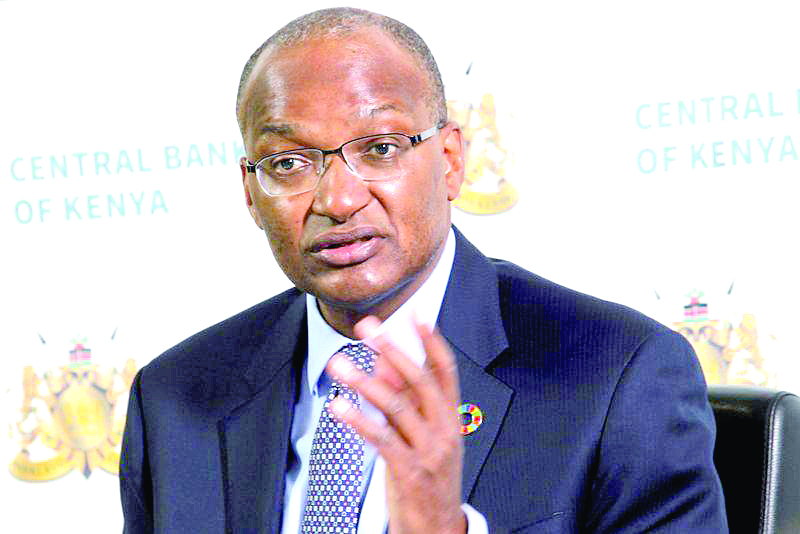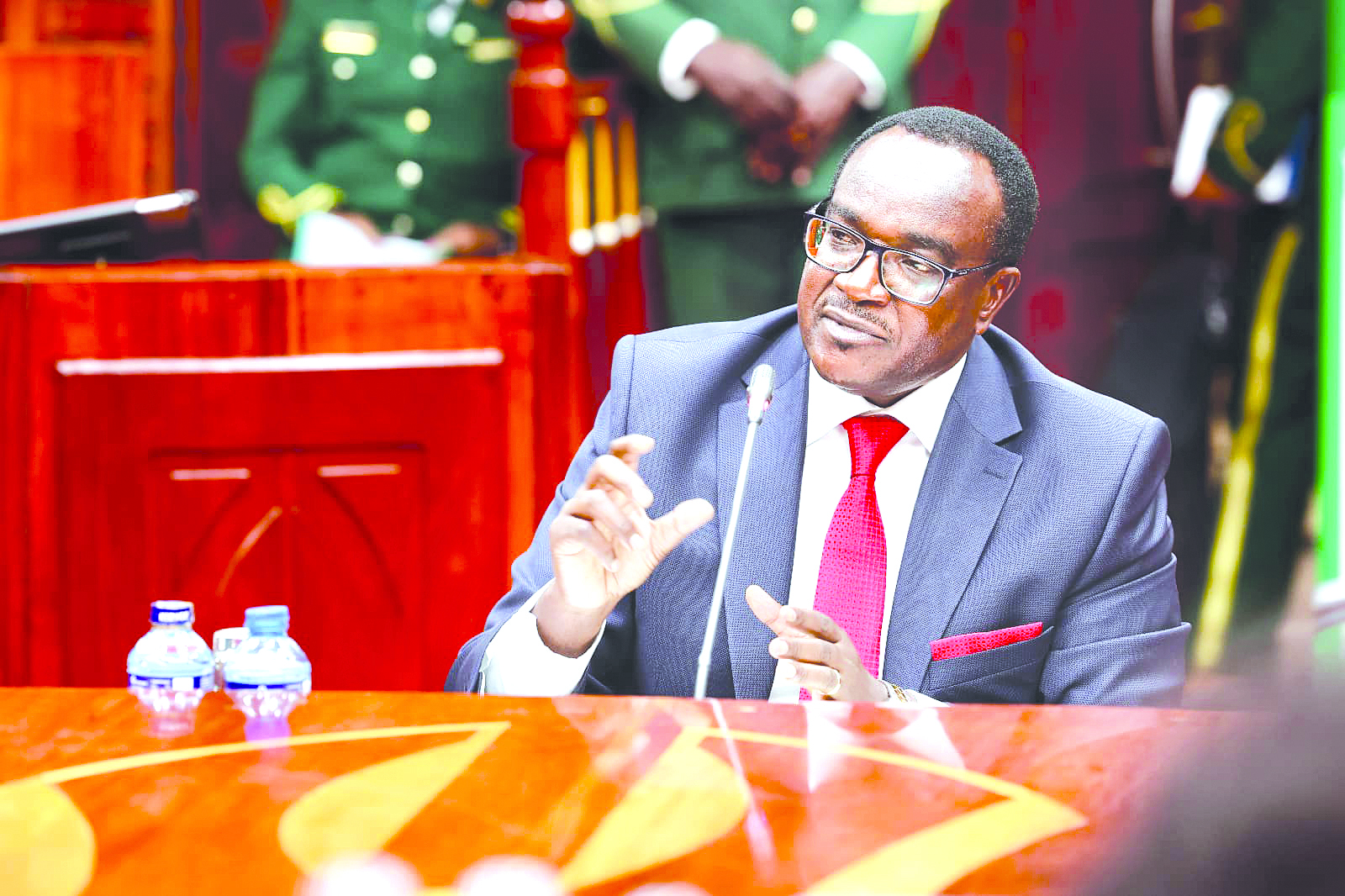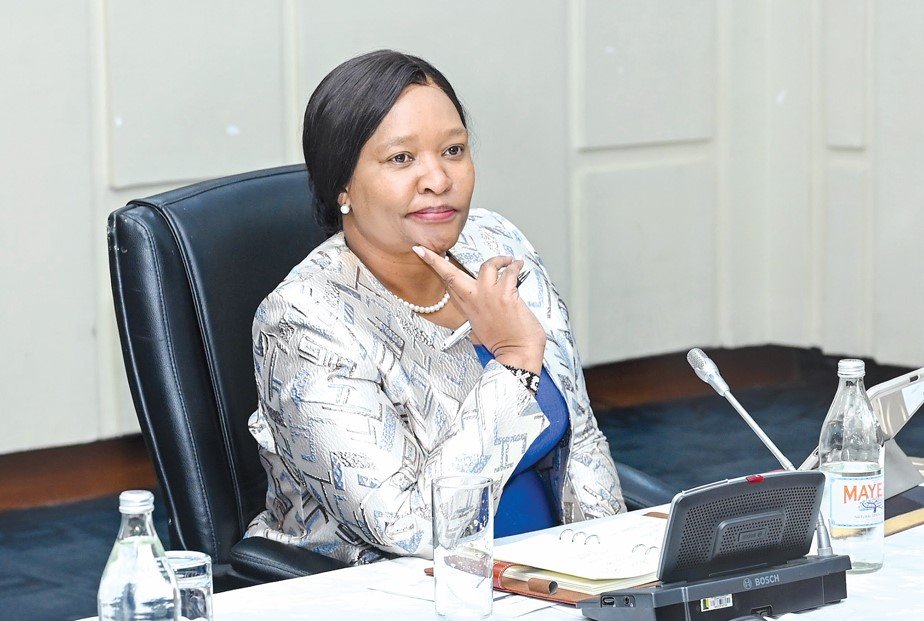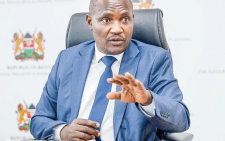IMF calls for safety nets amid dim regional growth outlook

Economic activity in sub-Saharan Africa are expected to slow down significantly in 2022 and remain relatively modest in 2023, which have undermined economic gains made, International Monetary Fund (IMF) has said.
The Bretton Wood institution said the slow down will be driven by a raft of measures which include a meltdown in developed economies, tighter financial conditions in the global market and volatile commodity prices.
Abebe Aemro Selassie, director of the IMF’s African Department said that looking ahead, the outlook remains highly uncertain and that countries are living on the edge, citing the latest Regional Economic Outlook for Sub-Saharan Africa.
“Late last year, sub-Saharan Africa appeared to be on a strong recovery path out of a long pandemic. Unfortunately, this progress has been abruptly interrupted by turmoil in global markets, placing further pressure on policymakers in the region,” said Aemro Selassie.
Despite modest growth in recent years, the negative economic impact of Covid-19 and the Russia-Ukraine War means sensible policies are required to get Kenya back on the path to prosperity. The government has already announced a raft of measures to address the emerging realities by cutting the budget by Sh300 billion as part of austerity measures.
Further, there are plans to grow the revenue collection to Sh6 trillion in the next five years as the state embarks on tax reform measures.
Currently, the government collects Sh2 trillion against a budget of Sh3.3 trillion with the deficit bridged through borrowing.
“We are going to reform the tax collection in the manufacturing space. KRA have very clear instructions from me about where we should go. In the next two years we should be able to grow our revenues from Sh2 trillion to Sh3 trillion and to double it in the next 3 years,” said President William Ruto.
Rate of inflation
Kenya National Bureau of Statistics (KNBS) data shows that the country’s overall rate of inflation in September stood at 9.2 per cent compared to 8.5 per cent in August and is hitting the Kenyan poor the most. “The rise in inflation was largely due to increase in prices of commodities under food and non-alcoholic beverages (15.5 per cent); transport (10.2 per cent) and housing, water, electricity, gas and other fuels (7.3 per cent) between September 2021 and September 2022,” it said in a statement.
IMF has urged the policy measures to protect the most vulnerable through targeted cash transfers or an expansion of social safety nets.
Against this backdrop, IMF pointed to four priorities for policy makers, saying due to rising food insecurity, the utmost priority must be to protect the most vulnerable. “Scarce resources should go to those who need them most. Poorly targeted emergency measures should be gradually phased out,” Selassie said.
He also urged policymakers to cautiously raise policy rates, while keeping a close eye on inflation expectations and foreign exchange reserves, consolidate their public finances to preserve fiscal sustainability, particularly in the context of rising interest rates, and finally invest in resilient, green infrastructure, and capitalising on the region’s sizeable renewable-energy resources.
Public debt
IMF urged countries to maintain credible and clearly articulated medium term fiscal frameworks and ensure effective and transparent public debt management.
Kenya is working to solve a huge debt that now stands at Sh8.2 trillion, at a time the IMF loans grew from Sh43 billion to Sh234 billion.
According to the Bretton Woods institution, non-resource-intensive countries, which enjoy a more diverse economic structure will continue to be among the region’s more dynamic and resilient economies, growing by 4.6 per cent in 2022, compared to 3.3 per cent in oil exporters and 3.1 per cent in other resource-intensive countries.












